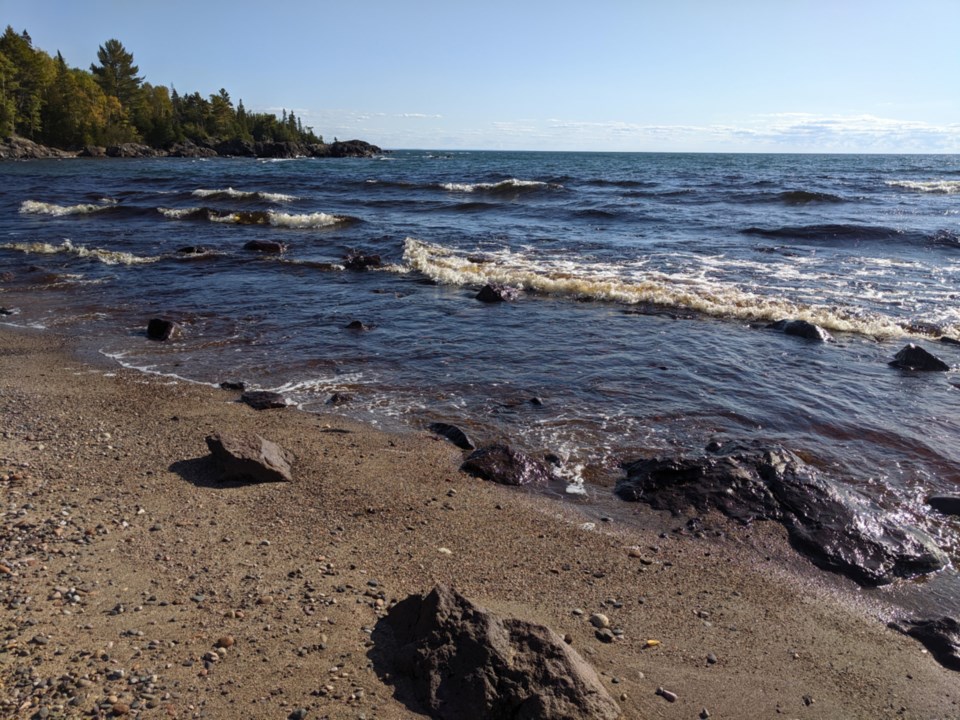NEWS RELEASE
INTERNATIONAL LAKE SUPERIOR BOARD OF CONTROL
*********************************
Lake Superior and Lake Michigan-Huron water levels continue to decline, but are still well above average and the risk of high-water impacts remains. Lake Superior outflows continue to be set in consideration of high levels upstream and downstream.
Last month, Lake Superior declined 12 cm (4.7 in), while on average it declines 8 cm (3.2 in) in December. Lake Michigan-Huron declined 4 cm (1.6 in) over the course of the month, which is close to the average water level decline of 5 cm (2 in) in December.
Both lakes are expected to continue their seasonal declines in January. However, there will continue to be an increased risk of shoreline erosion, lakeshore flooding and coastal damages over the next several weeks and potentially through the winter. The International Lake Superior Board of Control (Board) advises all those that may be affected to prepare for potentially severe coastal impacts, especially during periods of strong winds and high waves.
At the beginning of January, Lake Superior is 21 cm (8.3 in) above average (1918 – 2019) and 16 cm (6.3 in) below its level of a year ago. Lake Michigan-Huron is 81 cm (31.9 in) above average and 14 cm (5.5 in) below the level at this time last year.
The Board expects the total outflow to be 2,170 m3/s (7.7 tcfs) in January, which is as prescribed by Lake Superior Regulation Plan 2012. The gate setting of the control structure will be maintained at the typical winter setting equivalent to one-half gate open in January.
Shoreline businesses and property owners are reminded that the Great Lakes – St. Lawrence River Adaptive Management (GLAM) Committee continues to host an online questionnaire to allow for direct reporting on impacts related to recent high water conditions. The 2020 version of the questionnaire is available here.
*********************************
